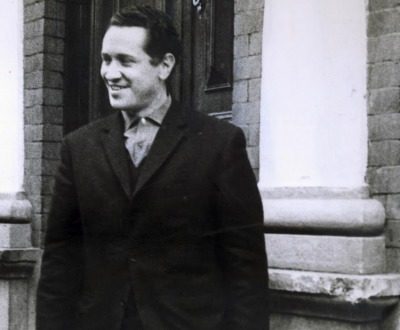Miscellany
Georges Cuvier, founder of the field of paleontology, wrote in 1812 that examination of the strata of the earth revealed “traces of revolutions.” He surmised, “Innumerable living beings have been the victims of these catastrophes; some have been destroyed by sudden inundations, others have been laid dry in consequence of the bottom of the seas being instantaneously elevated. Their races have become extinct and have left no memorial of them, except some small fragment which the naturalist can scarcely recognize.”
Miscellany
Chronicler Jean le Bel wrote that during the Jacquerie, a popular revolt in France in 1358, peasants “killed a knight, put him on a spit, and roasted him while his wife and children looking on. After ten or twelve of them raped the lady, they wished to force-feed them the roasted flesh of their father and husband, and made them then die by a miserable death.”
Miscellany
As he watched the mushroom cloud form at the first atomic-bomb test in July 1945, physicist J. Robert Oppenheimer recalled a line from the Bhagavad Gita: “Now I am become Death, the destroyer of worlds.”
Miscellany
On July 13, 1793, a Girondist young woman stabbed to death the Montagnard Jean-Paul Marat, editor of The Friend of the People. The state funeral was arranged by Jacques-Louis David, who soon afterward painted his Death of Marat; every member of the National Convention came, and the Marquis de Sade delivered the eulogy.
Miscellany
In one of the last letters he ever sent, in October 1913, Ambrose Bierce wrote to his niece, “Goodbye—if you hear of my being stood up against a Mexican stone wall and shot to rags, please know that I think that a pretty good way to depart this life. It beats old age, disease, or falling down the cellar stairs. To be a Gringo in Mexico—ah, that is euthanasia.” His intention was to see the Mexican Revolution, but the circumstances of his death are unknown.
Pages

